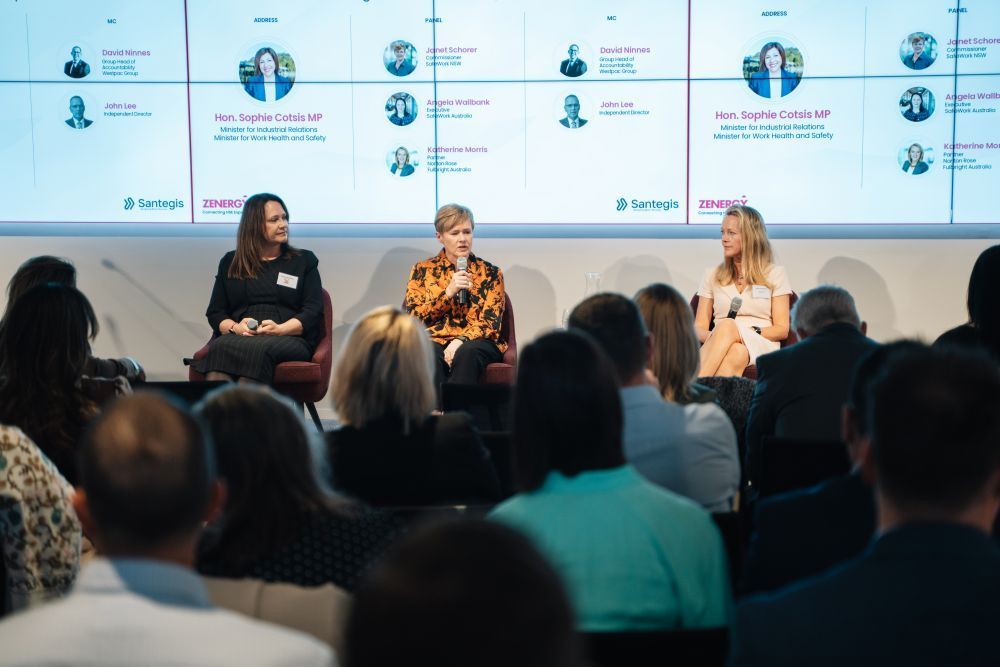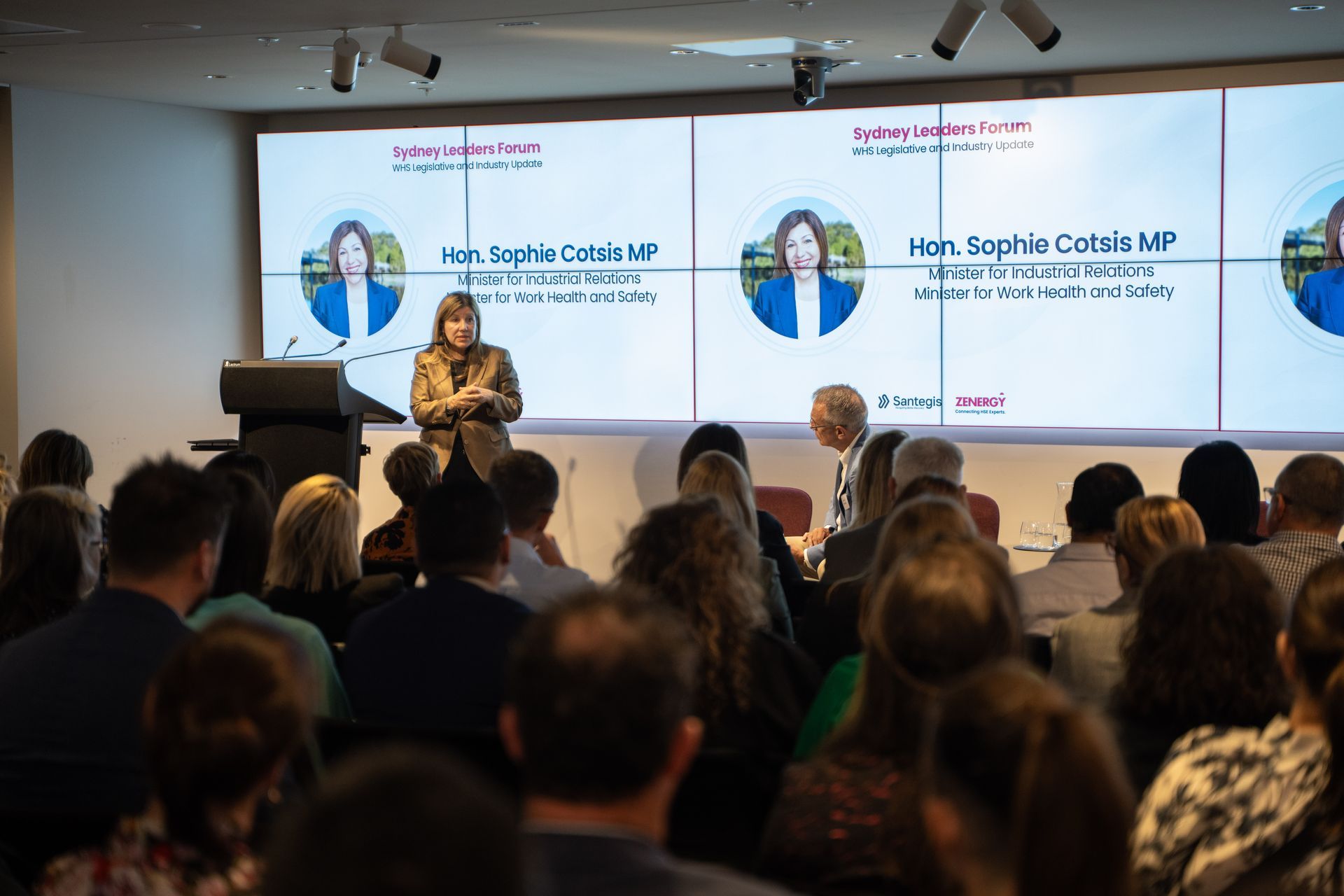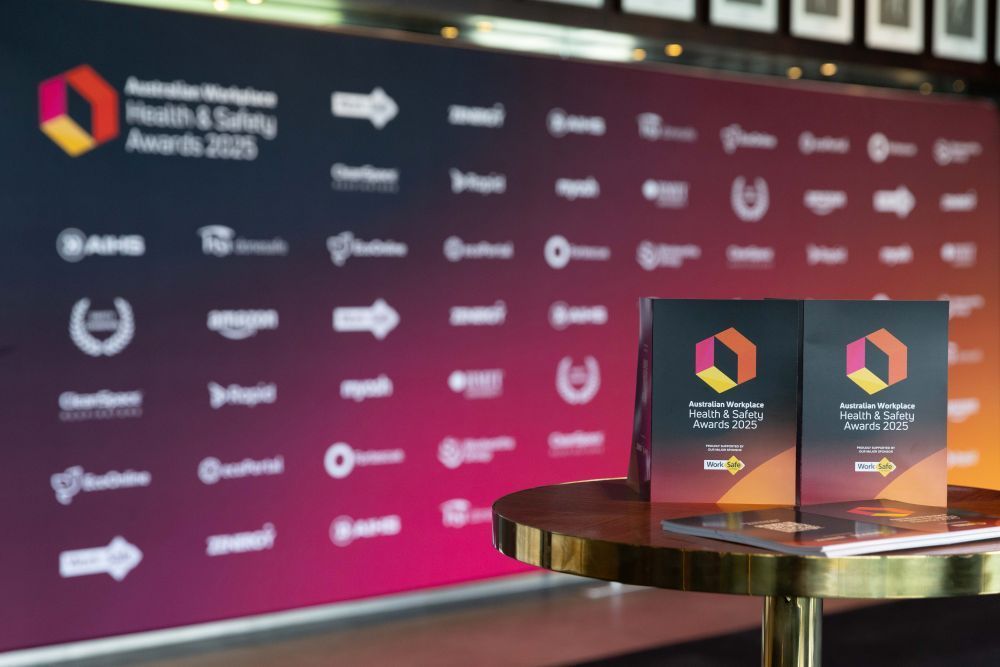Are You Ready: Part 1: Emergency Response
For many of us responding to emergency situations still has the ability to trigger images of flashing lights & last minute heroic decisions saving the day. The unfortunate reality is that on many occasions these decisions should have been made with an eye towards mitigating the risks associated with the complete emergency lifecycle and not just the initial response.
What constitutes an emergency scenario?
Emergency scenarios are significant events which result from uncontrolled developments that demand an immediate & all-encompassing response. Managing & mitigating the risks associated with emergencies will require an immediate, coordinated & possibly sustained response to minimize the potential or actual harm to the physical, financial, legal & reputational interest of the business.
Although such events are infrequent they can have severe ramifications if not managed appropriately. Incidents generally become emergencies in two (2) ways:
- They commence as an emergency (for example: structural collapse, explosion etc with only minimal or no warning) or
- They develop from incidents into emergencies (for example: fires or hazardous substance spills which escalate due to changing weather conditions).
To be considered an emergency scenario, the incident will require multiple elements of the following criteria to be present:
- Involve more than one responding government agency (fire brigade, law enforcement, medical services etc)
- Immediately obvious as being costly to control and mitigate,
- Will require extensive mitigation, recovery and rehabilitation for the location &
- Have the potential for public impact or interest & as such create greater media interest.
What does an effective response structure look like?
The key to mitigating emergencies is to have an established emergency response structure which provides for maximum flexibility & redundancy in a variety of situations. This can be achieved by designing a structure that adapts to the nature and scale of the emergency in question.
Additionally it is not uncommon for an emergency response to require the management of multiple streams of response which are complimentary but not necessarily overlapping.
The first & most obvious area which will require a dedicated response is the emergency location (ground zero), with some or all of the following activities being undertaken: containment of the immediate impact plus control or minimization of any secondary impact, establishment of control area to treat (for example: injuries of personnel or pollution response), engagement with internal & external emergency response parties, primary point of contact for liaison with statutory authorities & recording / dissemination of up to date information to the key internal decision makers.
Due to the exposure of this role at the emergency location it will have a high probability of being required to provide a statement to the authorities in regards to the nature of the emergency & response undertaken. This could be as an individual or on behalf of the business as an authorized representative
.
A secondary location will emerge within a short period of time of the emergency becoming known. This will depend on the magnitude of the impact being experienced & may require some or all of the following activities to also be undertaken: ensuring adequate attention & care is provided to any injured person(s) (including family members) beyond the control treatment area mentioned above, becoming the primary liaison with medical staff, hospital administration, insurance etc.
The nature of this response will require that the representative will be at a location away from the original emergency location. In addition, the nature of the human element plus availability of social media can quickly raise the profile of the emergency, plus potentially draw formal requests & enquiries from media agencies. As such real time monitoring of social media news & updates will become critical.
Due to the role being away from “ground zero” it is likely to be more accessible to media enquiries & as such it may become necessary for this position to be able to prepare & present information to the media either electronically or via live interview.
The third response stream which will emerge will be operationally driven & will largely depend on the extent of the impact that the interruption can or has had on the supply chain.
It is always a good idea to ensure that some or all of the following activities are being undertaken: communication with clients (beginning with the directly impacted parties) and stakeholders to allow them to minimize the impact of the emergency, co-ordination of loss adjustment activities for insurance purposes (for example you will not be able to start demolishing a partially standing structure until the loss adjusters have had an opportunity to assess it first – exceptions exist for making the area safe) this may also include the need for rescheduling of workload for current & planned projects whilst also considering the loss of key people, plant & continued business interruptions.
All of the above considerations are strategic in nature & should compliment any tactical responses being undertaken by the business. The value proposition of such strategic activities will become more visible in the future articles of the “Are You Ready? – Emergency Lifecycle Series”.
Disclaimer: The views and opinions expressed in this article are those of the authors and do not necessarily reflect the official policy or position of Zenergy Asia Pacific.






